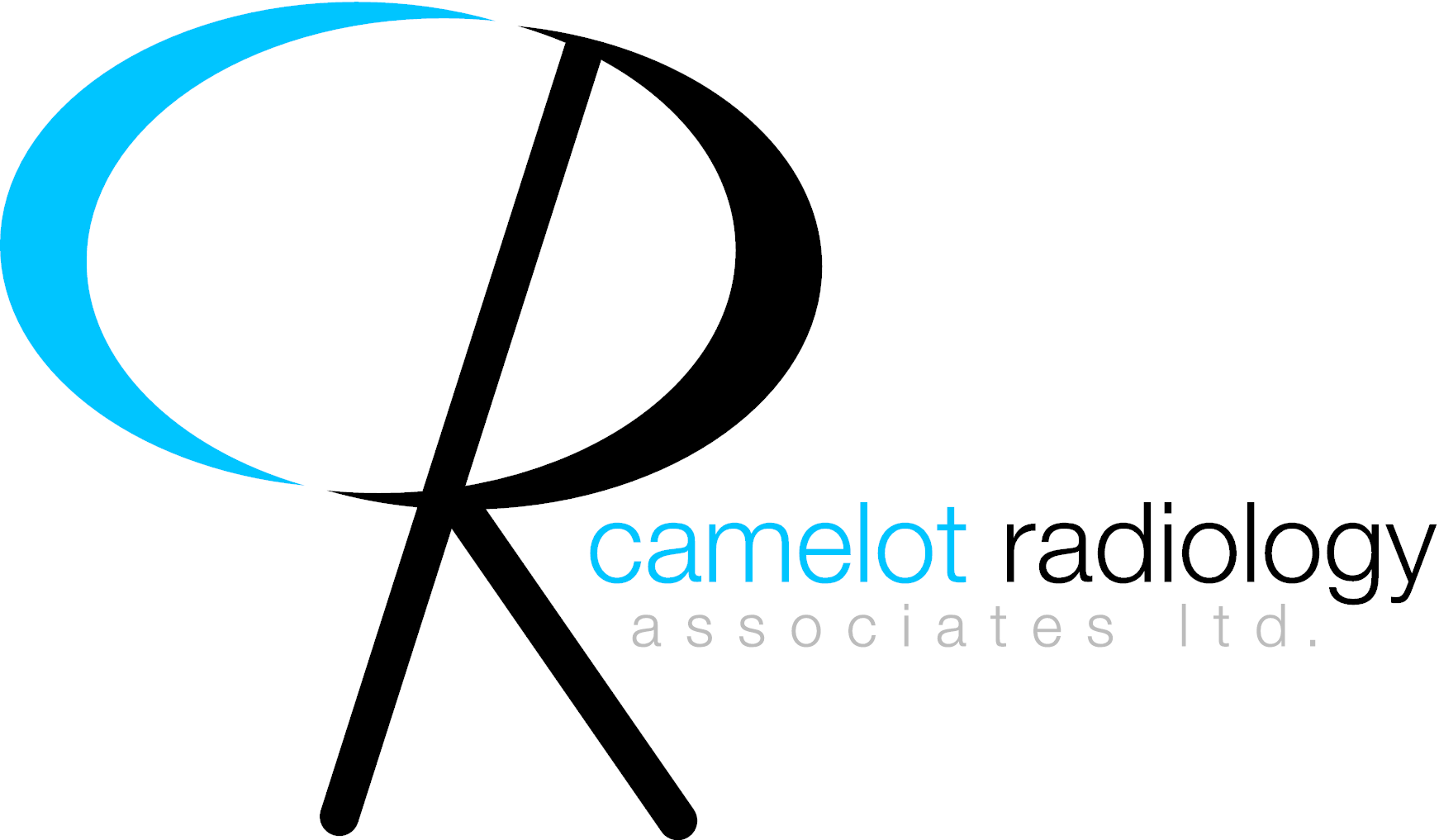Cardiac Scoring
HOW DOES THE PROCEDURE WORK?
During a Computed Tomography (CT) scan, the rotating gantry will emit X-rays that pass through the part of the body being examined-in this case the heart and coronary arteries. In spiral or helical CT, the patient passes through the scanner as the gantry rotates. Multiple detectors mounted on the gantry along with the X-ray tube record the radiation leaving the body. The result is that the X-ray beam follows a spiral path. The recorded images are reconstructed by computer using a special software program. Recently developed spiral CT scanners produce high-quality images in less than 10 seconds. This is especially important for elderly patients and those who cannot hold their breath for a longer period of time.
A negative Cardiac CT scan that shows no calcification within the coronary arteries suggests that atherosclerotic plaque is minimal at most, and that the chance of coronary artery disease developing over the next two to five years is very low. A positive test means that coronary artery disease is present even if you have no symptoms. The amount of calcification-expressed as a score-may help to predict the likelihood of a myocardial infarction (heart attack) in the coming years.
WHAT IS A CT CARDIAC CALCIUM SCORING EXAM?
Early detection is a proven, successful strategy for fighting heart disease. We offer a quick and non-invasive way to obtain information about the presence, location and extent of calcified plaque in the coronary arteries.
A cardiac CT scan for coronary calcium evaluates the arteries that supply oxygenated blood to the heart muscle. Calcified plaque results when there is a build-up of fatty deposits and other substances on the walls of the arteries around the heart. This calcified material signals the presence of coronary artery disease. Individuals with this disease are at increased risk for heart attack.
The CT cardiac calcium scoring exam is a screening tool that may be recommended by your physician, but you may self-refer.
HOW IS THE PROCEDURE PERFORMED?
During Cardiac Computed Tomography (CT) for calcium scoring, you will lie on your back on the table attached to the CT scanner. The table slides through the opening in the scanner while, at the same time, a cylinder around the opening rotates around your body. The table will move forward slightly every few seconds so that you will be in the proper position for each new cross-section. This process continues until the region of the heart has been thoroughly covered. Electrodes (small metal discs) will be attached to your chest and to an ECG machine that records the electrical activity of your heart. This makes it possible to record CT scans at the best times - when the heart is not actively contracting. You will be asked to hold your breath for periods of 20 to 30 seconds while images are recorded.
WHAT WILL I EXPERIENCE DURING THE PROCEDURE?
Cardiac Computed Tomography for calcium scoring is a relatively simple procedure that takes only about 5 to 10 minutes. You will be alone during the scan, but the radiologic technologist who performs the exam can see and hear you from the nearby control room and can speak to you at any time. Exposure to X-rays causes no discomfort. You may feel some discomfort because the table is hard, and the room may be chilly because it has to be air-conditioned to keep the equipment regulated.
WHO INTERPRETS THE RESULTS AND HOW DO I GET THEM?
A radiologist, a physician experienced in CT and other radiology examinations, will analyze the images and provide a report to your primary care or referring physician.
The CT Cardiac Calcium Scoring Exam is fast, non-invasive and inexpensive.


